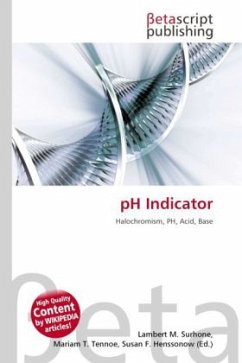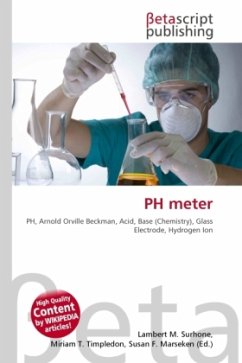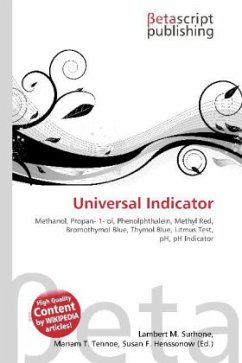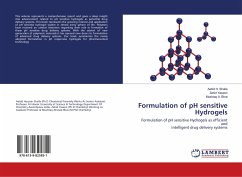High Quality Content by WIKIPEDIA articles! A pH indicator is a halochromic chemical compound that is added in small amounts to a solution so that the pH (acidity or basicity) of the solution can be determined visually. Hence a pH indicator is a chemical detector for hydronium ions (H3O+) (or Hydrogen ions (H+) in the Arrhenius model). Normally, the indicator causes the color of the solution to change depending on the pH. At 25 degrees Celsius, considered the standard temperature, the pH value of a neutral solution is 7.0. Solutions with a pH value below 7.0 are considered acidic, whereas solutions with pH value above 7.0 are basic. As most naturally occuring organic compounds are weak protolytes, carboxylic acids and amines, pH indicators find many applications in biology and analytical chemistry. Moreover, pH indicators form one of the three main types of indicator compounds used in chemical analysis. For the quantitative analysis of metal cations, the use of complexometric indicators is preferred, whereas the third compound class, the redox indicators, are used in titrations involving a redox reaction as the basis of the analysis.








